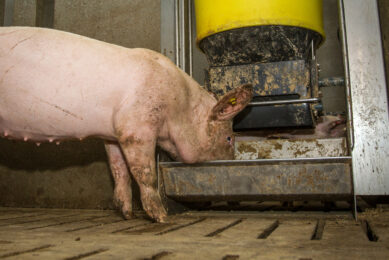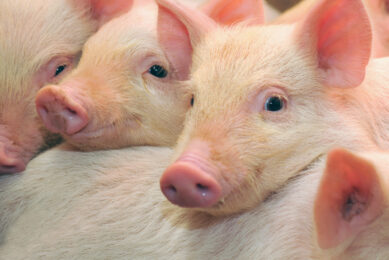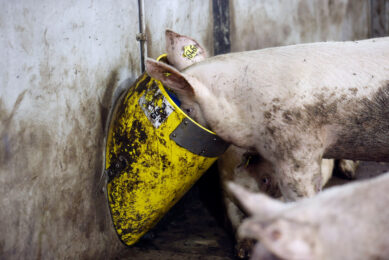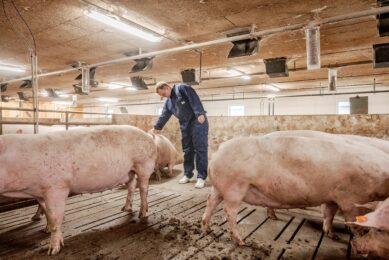Quality control in pig feeds
Good quality control is needed within the feed industry, since imported soya used for pig feeds increases the risk of variability in nutrition.
Dr Julian Wiseman, professor of animal production at Nottingham University, points that out in Technical Update, an electronic newsletter for UK-based pig-breeding company ACMC.
Difference in nutritional value exists because different operating conditions are used for heat-processing the soya before adding it to the pig diets. This processing is necessary since raw soya beans contain a number of anti-nutritional factors.
Wiseman said, “The problems of ignoring this become greater when processed raw materials are used more frequently and at higher rates of inclusion. This is precisely what is happening with soya beans.”
Mammalian proteins
Soya has been imported largely since the EU banned mammalian proteins in livestock diets. According to Wiseman the use of whole soya beans or oil-extracted meal now accounts for over 50% of EU protein equivalents in livestock diets.
While temperature is the most influential aspect of processing, humidity, time and particle size may also be changed, which increases the variability and ultimate nutritional value.
Related websites:
• ACMC











